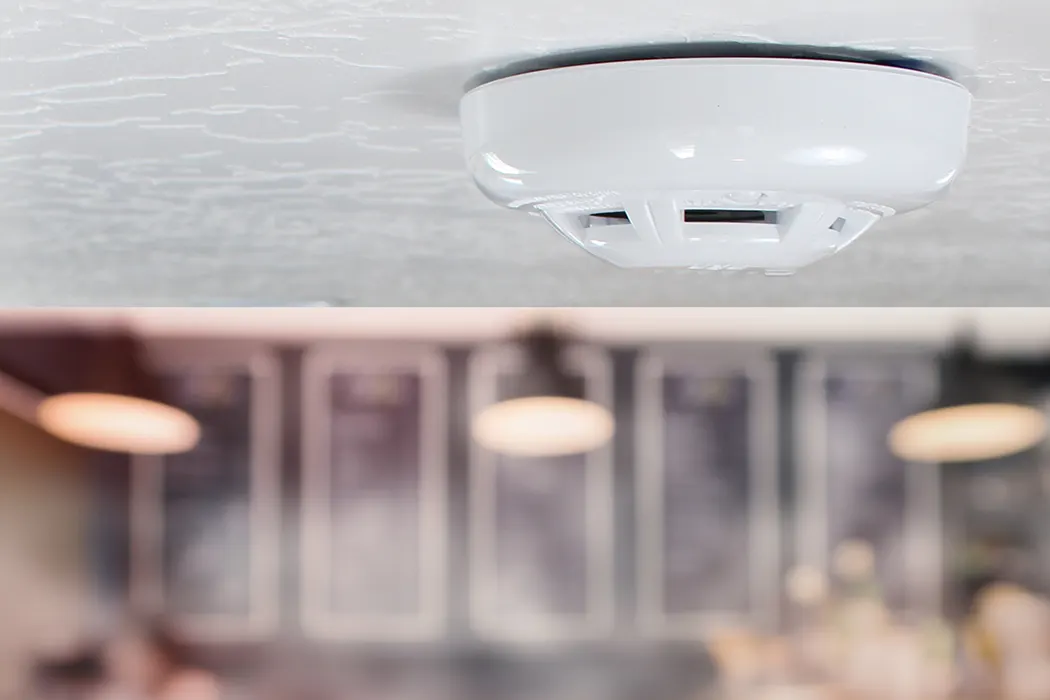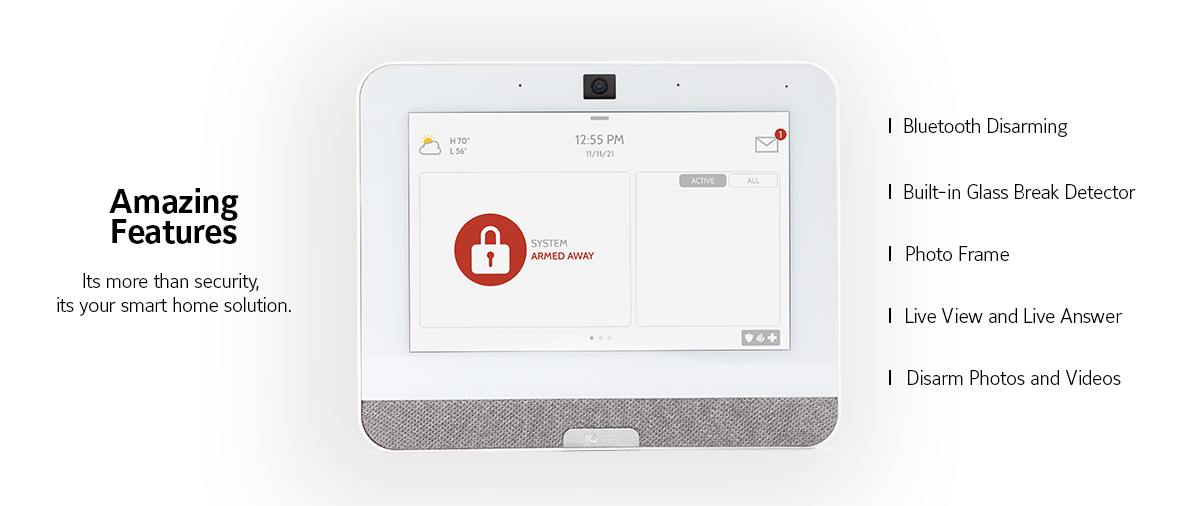
Carbon Monoxide Safety: Why Every Home Needs CO Detectors
It’s easy to forget about the dangers we can’t see. But one of the most serious hazards hiding in plain sight inside homes is carbon monoxide (CO). Known as the “silent killer,” carbon monoxide is colorless, odorless, and tasteless—yet highly dangerous when inhaled.
According to the Centers for Disease Control and Prevention (CDC), more than 20,000 Americans visit the emergency room each year due to CO exposure, and approximately 450 die annually from carbon monoxide poisoning. Protecting your family isn’t optional—it requires properly installed and maintained carbon monoxide detectors.
At St. Louis Alarm Company, we help homeowners safeguard their families with smart CO detectors that integrate directly into your home security and automation system.
What Is Carbon Monoxide?
Carbon monoxide is a toxic gas that forms from the incomplete burning of fuels such as natural gas, propane, oil, wood, or charcoal.
Common household sources of CO include:
-
Gas furnaces and water heaters
-
Fireplaces and chimneys
-
Gas stoves and ovens
-
Clothes dryers
-
Vehicles running in attached garages
-
Generators and space heaters
Older or poorly ventilated systems are especially prone to CO leaks, making detectors essential for every household.
Symptoms of Carbon Monoxide Poisoning
The Environmental Protection Agency (EPA) warns that carbon monoxide exposure can be subtle at first, but dangerous over time.
-
Low levels: Fatigue, mild headaches, chest pain (especially in people with heart disease)
-
Moderate levels: Dizziness, nausea, impaired coordination, confusion, flu-like symptoms that disappear when you leave the house
-
High levels: Loss of consciousness, brain damage, or death
🚨 Important: Because symptoms often mimic the flu, CO poisoning is frequently misdiagnosed—making detectors the only reliable way to protect your family.
Where Should You Place Carbon Monoxide Detectors?
The National Fire Protection Association (NFPA) recommends at least one CO detector on every level of your home, but strategic placement matters:
1. Bedrooms and Sleeping Areas
You are most vulnerable when asleep. Place detectors outside every sleeping area and ideally inside bedrooms. Mount them at least 5 feet above the floor, where CO is most likely to circulate.
2. Living Rooms and Family Spaces
Install detectors near areas with gas fireplaces, stoves, or heating equipment. For open-concept homes, central placement is critical for full coverage.
3. Basements and Utility Rooms
Put a detector within 10 feet of your furnace, water heater, or boiler to catch leaks early.
4. Kitchens
Avoid placing detectors too close to stoves, which can cause false alarms. Instead, install them at least 15 feet away from major appliances.
5. Garages and Entryways
Vehicles are a major source of CO. Place a detector near the door leading from your garage into your home to prevent gas from entering living areas.
6. Fireplaces and Chimneys
CO can build up quickly if ventilation is blocked. Install detectors near—but not directly above—fireplaces to avoid false alarms.
💡 Pro Tip: Choose interconnected detectors so that if one alarm goes off, they all sound simultaneously, ensuring your whole family hears the warning.
Carbon Monoxide Detector Maintenance
Having detectors is only effective if they work properly. Follow these best practices:
-
Test monthly – Press the test button to ensure the alarm is functioning.
-
Replace batteries – Every 6 months, or sooner if you hear a low-battery chirp.
-
Replace units every 5–7 years – CO sensors degrade over time and must be updated.
-
Ensure volume is loud enough – Alarms must be able to wake sleeping family members.
With smart CO detectors from St. Louis Alarm Company, your devices not only sound an audible alarm but also send alerts to your smartphone and our 24/7 monitoring center. That means help is dispatched even if you’re not home.
Why Choose Smart Carbon Monoxide Detectors?
Traditional detectors are a great start, but smart CO detectors take protection to the next level:
✅ Mobile Alerts – Receive notifications on your phone if CO levels rise.
✅ 24/7 Professional Monitoring – Our monitoring center can alert emergency services immediately.
✅ System Integration – Works with your alarm system, smart thermostat, and other automation features.
✅ Remote Management – Check battery levels and detector status anytime through the app.
This seamless protection ensures your family is safe—whether you’re asleep upstairs or away on vacation.
Frequently Asked Questions About CO Detectors
Do carbon monoxide detectors expire?
Yes. Most models last 5–7 years. Check the manufacturing date on the back of your unit.
Wall or ceiling—where should I install?
Wall-mounted about 5 feet above the floor is best. If on the ceiling, keep detectors at least 6 inches from the wall.
Can pets be affected by CO poisoning?
Absolutely. Dogs, cats, and other pets are just as vulnerable as humans—and may show symptoms (such as lethargy or vomiting) even sooner.
What does a chirping detector mean?
A single chirp every 30–60 seconds usually means a low battery. Multiple loud alarms may signal a dangerous CO level. Always treat alarms seriously.
Protect Your Family with St. Louis Alarm Company
Carbon monoxide is a danger you can’t see, smell, or taste—but you can defend against it. At St. Louis Alarm Company, we provide smart CO detectors, home security systems, and 24/7 monitoring services to keep your family safe.
📞 Call 636-942-5276 today or visit www.stlalarmco.com to schedule your smart CO detector installation.
Stay safe. Stay protected. Trust the local veteran-owned security experts.




